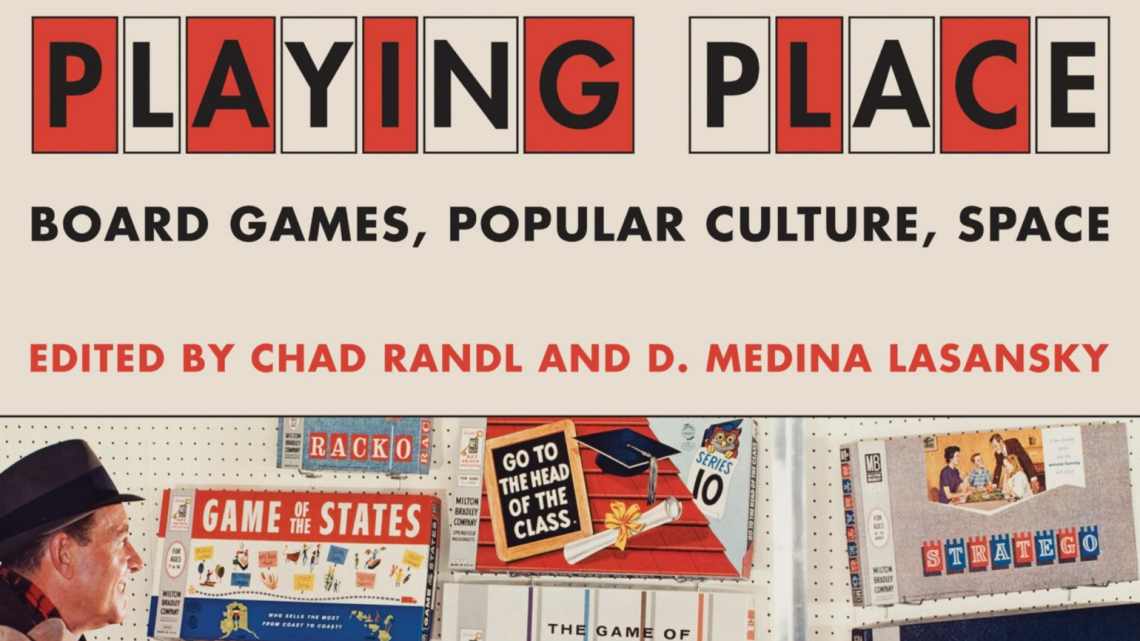
News directly from Cornell's colleges and centers
'Playing Place — Board Games, Popular Culture, Space' released
By Molly Sheridan
"I have to admit that the only board game I really played as a kid was Monopoly. I was always the banker, and I always cheated," confesses Architecture Professor Medina Lasansky with a conspiratorial laugh while sharing the inspiration behind Playing Place — Board Games, Popular Culture, Space, a new book out from MIT Press which she edited in partnership with Chad Randl (Ph.D. HAUD '14). The volume, printed in full color and rich with imagery, collects 38 essays by contributors spanning a wide range of experience and expertise that illuminate, as the editors' introduction explains, "what board games, past and present, tell us about larger place-based cultural attitudes, assumptions, and anxieties."
The impetus for the book came out of Lasansky's Archi.Pop class, which draws connections between architecture and design and popular culture. One unit asks students to play a board game and think about how that relates to their understanding of space.
"Students should know about pop culture when they go out in the world, and I encourage them to think about board games like everyday life," Lasansky says. "A lot of people play with games and toys, and it helps them think about ideas about space and place without them knowing it. I used to teach the Italian Renaissance, and it took me so long to get students up to speed and to be able to ask interesting questions, whereas in Archi.Pop, they know all this stuff, so they can begin right away being creative and thinking critically."
The Strong National Museum of Play in Rochester also proved to be an invaluable resource in developing the project. Housing an archive of some 29,000 games and employing a very helpful archivist, trips there introduced Lasansky and Randl to the amazing range of options available — from the weird to the scandalous to the inspiring, and even the original blueprint to Scrabble, which as it turns out was designed by an unemployed architect.
In the midst of planning the book, COVID hit, which Lasansky suspects led them to a better, more accessible project in the end. Renewed interest in board games paired well with their decision to take a more relaxed approach to what was originally envisioned as a collection of long articles rather than the shorter essays covering a wider range of games that they eventually commissioned. They tapped contributors who they knew would have fun with the project while also bringing scholarly insights to the table. Some covered the usual suspects such as Life, Risk, and Monopoly, while others dove into more obscure childhood favorites such as Barbie Queen of the Prom and Uranium Rush.
Continue reading on the Architecture, Art, and Planning website.
Media Contact
Get Cornell news delivered right to your inbox.
Subscribe
